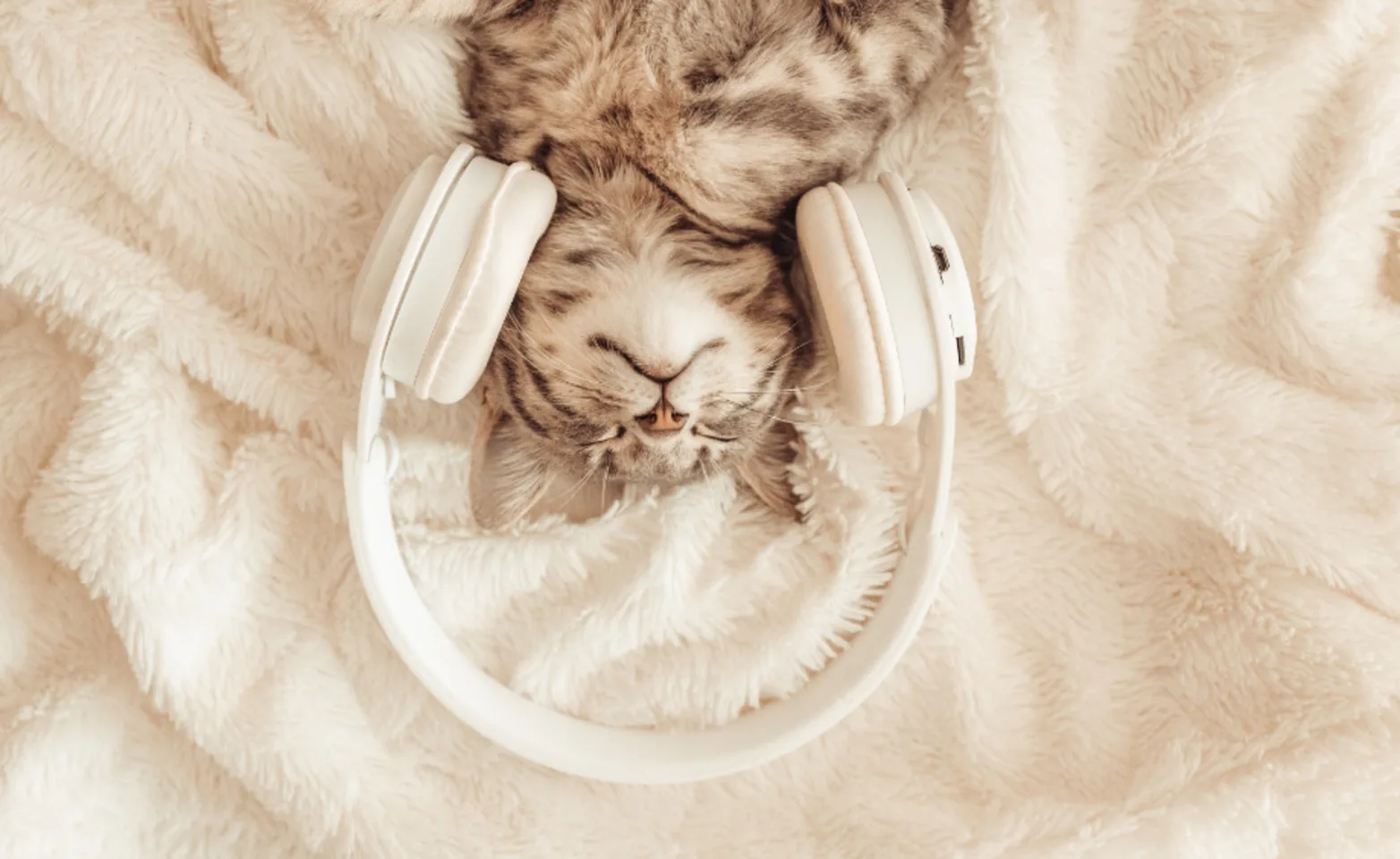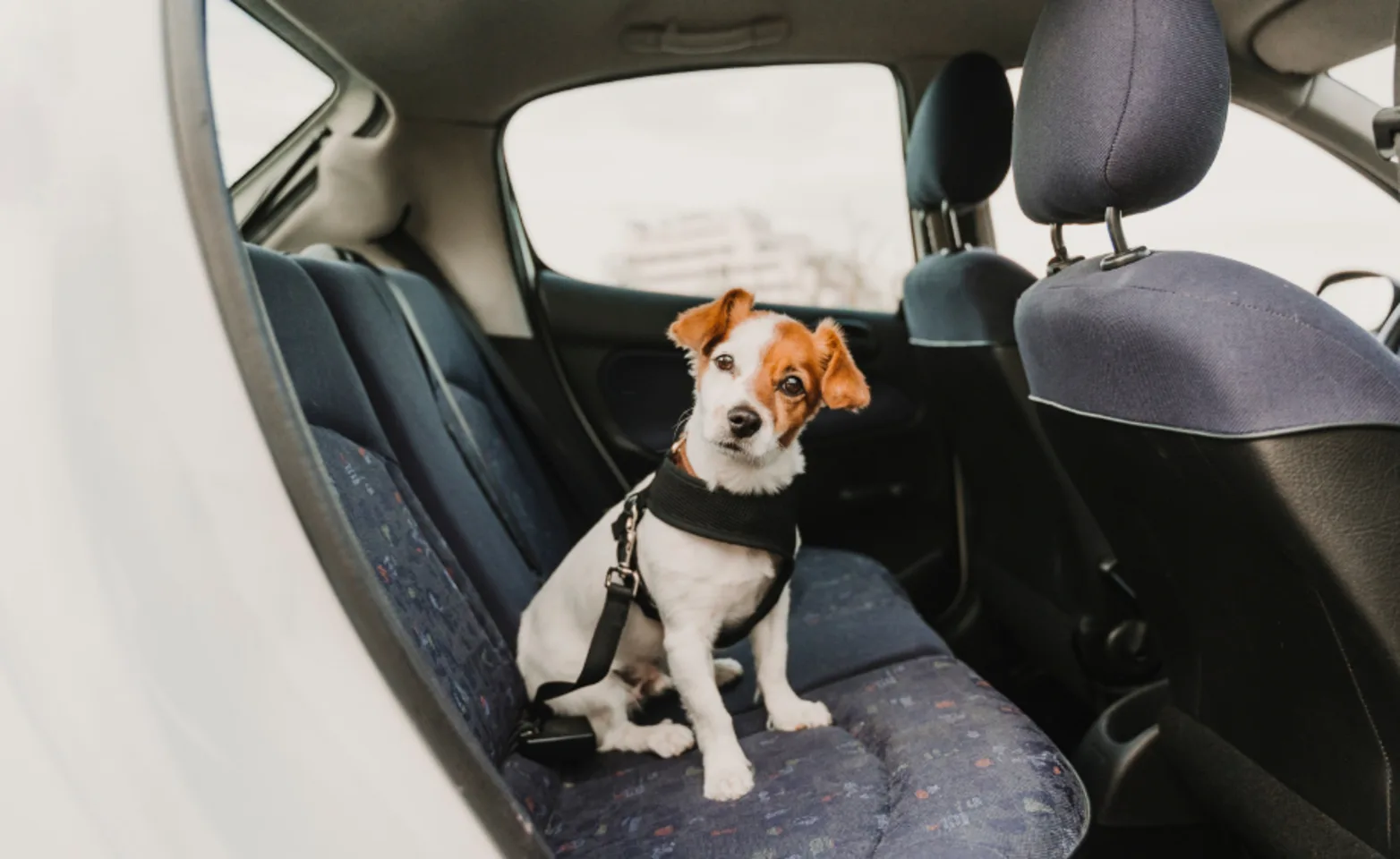The Paw Patch Place

Fear Free for Your Canine
Preparing for the Trip
Give any prescribed anti-nausea or anti-anxiety supplements or medications as prescribed by your veterinarian. If your dog has had previous anxiety or fear issues when visiting the vet, let us know when scheduling the appointment so that we can figure out the best option for your pet.
Bring your dog in hungry because Fear Free certified veterinary team members will be handing out many small but delicious treats throughout the visit to welcome your pet, distract him from procedures and reward him for cooperation. Be sure to pack your dog’s favorite treats, especially if he/she is a picky eater!
Please let the staff know if you or your pet has any food allergies.
You may also pack your dog’s favorite toys to make the visit more enjoyable.
Your dog should voluntarily go into a carrier or crate when loading into the car or be secured by a seatbelt harness.
Walk dogs to the car on leash. Like cats, small dogs can get in the carrier indoors and be carried to the car.
When transporting your small dog in a carrier, minimize movement. If possible, support the carrier from the bottom, with one side resting against your chest, as if you are carrying a fragile gift. This helps your pet to feel more secure and ensures that he/she isn’t eye to eye with other animals as you walk into the lobby.
Bring all previous veterinary records to your first visit. Because of our individualized care, there are often procedures that do not need to be done. Previous records help us save your pet unnecessary treatment and you unnecessary cost, so don’t leave them on the kitchen counter!
Prepare the car so it promotes a calming environment.
Play calming music specially composed for dogs, or pop in an audiobook.
Apply calming pheromones such as Adaptil® or calming scents such as lavender. Six to eight sprays of a calming pheromone or two to three sprays of a diluted lavender scent will suffice. Apply 10 to 15 minutes before your pet enters the carrier or car.
Cool or warm the car to a comfortable temperature before putting your pet inside.
Carrier/crate is properly secured in the vehicle
Nonslip surface in and under carrier/crate or on the car seat.
Place a pheromone-infused towel or blanket over the carrier, leaving one side uncovered for ventilation.
The floorboard behind the passenger seat is the most secure location for a small pet carrier.
Secure large crates or carriers to prevent sliding.
Avoid feeling rushed. If you are stressed, your pet will sense this and may become stressed.
To prevent carsickness, accelerate slowly from a stop, allow extra distance between other vehicles to prevent sudden braking, and take turns slowly.
Be matter of fact, and don’t speak to your pet in a sing-song voice. If you are calm, happy, and relaxed, your pet will be too.
Depending on your dog's preferences, you might wait in the vehicle or in the lobby.
Under special circumstances, you may notify us when you arrive so that we can better prepare ourselves and the lobby for your dog’s entrance.

Entering The Hospital
Be sure your dog is wearing a secure collar or harness from which he or she cannot slip out.
Remove any choke or pinch collars BEFORE entering the hospital.
A great Fear Free alternative is Gentle Leader Headcollar or Easy Walk Harness
You may take your dog straight to the scale using the provided treats for a yummy diversion and an accurate weight.
If an exam room is available, a receptionist will check you and your pet in right away.
You can expect to have a species-specific waiting area or be given the option of waiting in your car.
Once in the exam room, allow your dog to explore the room.

Entering the Exam Room
Dog-friendly music works a calming effect on the central nervous system.
Adaptil® pheromone diffusers emit calming substances into the air.
Our exam tables have a soft blanket situated on top of a non-slip mat for added comfort.
Avoid interaction with your dog when they are acting anxious. Attempts to calm them with words or petting actually “feeds” the anxiety and will increase fear. It’s best to give attention when they relax or explore the room.
Working some well-known tricks or commands (sit, down, shake, etc.) or playing with toys brought from home can allow your pet to be more calm and confident.
There is a poster in each exam room showing the subtle signs of fear you might be overlooking in your dog.
Fear Free certified veterinary team members will initially avoid eye contact with your pet and focus on you, instead. This helps your pet feel less stressed because he’s now the center of attention and gives him time to check out the environment and become accustomed to the team member’s presence.
In addition to treats, our veterinary team members utilize a variety of distraction techniques such as toys to help your pet be comfortable.
We use smaller needles for vaccinations to make them as painless as possible.
Our veterinary team members will note your pet’s emotional response to the visit and what treats and techniques worked best to reduce any fear, anxiety, and stress that may have been expressed. This will help to make future visits even better.
If needed, we will prescribe anti-anxiety or other calming medications or supplements to help make future car rides and visits more enjoyable and less frightening for your pet.

Tips & Tricks
Be sure to let us know if you or anyone in the room is uncomfortable with needles or any medical procedures so that we can prepare accordingly.
Conditioning your dog to allow his feet and ears to be touched will make the vet visit a better experience for everyone involved.
Considering scheduling a “Meet & Greet” for your anxious dog’s first visit so that we can best prepare for future visits/procedures.
Don’t forget that repeated, negative experiences can cause undue stress and make your dog more reactive during their next visit. Keep this in mind if the veterinarian suggests rescheduling and/or adding pre-visit pharmaceuticals to your pet’s next visit!
